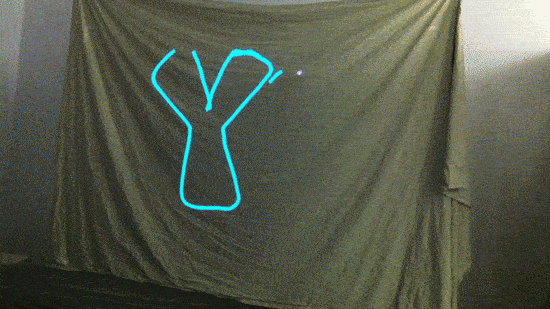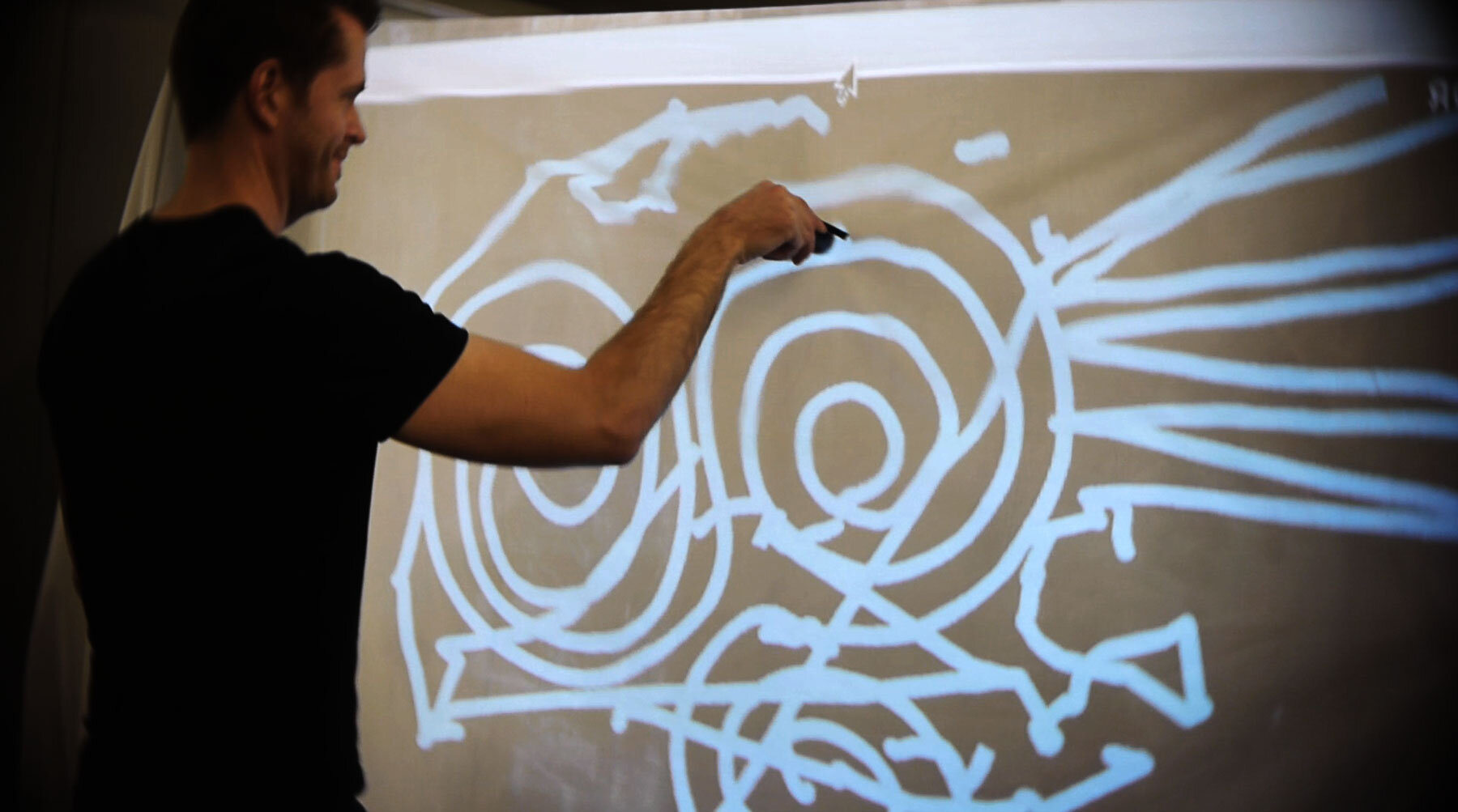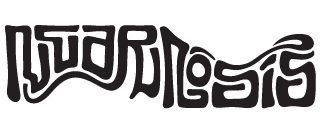Mural Mapper 2015
Interactive Screen + Remapping Experiments: OpenFrameworks + Kinect + Projection Mapping.
Initially this prototype set out to record and map artist’s work digitally as they produced it, from small scale canvases to larger murals. Collecting a range of data (including time on the z-axis) from the artists movements which could then be analyzed and reproduced digitally and viewed across a production timeline — essentially remapping the artists process. In these experiments I was able to digitally remap my movements using homemade IR stylus(which could be attached to an artist’s tool of choice), and quickly found a range of marketable applications.




This is one of my first personal projects using code. I am no childhood hacker…this was a great experience to learn C++ on the fly. While aesthetically it was not the most refined project I have done — I was really in the weeds on the backend for the majority of the process. I was excited with the outcome for potential future applications.
// Preserve work of physical canvases that would otherwise be vulnerable to damage or removal.
// The work could be recreated simultaneously or in the future on any surface or scale.
// Live streaming on festival websites such as artbasel.com
// Learn from the Masters. In depth look at various stages of process.
CONTEXT:
Apply motion capture and tracking technology to unveil the shielded, if not clandestine, process of creating street art and even offer new ways to make murals and graffiti reproducible on a large scale for events and exhibitions.
IMPLICATIONS:
The digital graffiti wall is intended to be both an entertaining spectacle at a festival like Art Basel (imagine watching your favorite street artist painting in their acclaimed style with light), but also a tool for studying the mechanics behind their technique. Swapping paint with light also lends an ephemeral quality to the art work in the physical space that contrasts interestingly with the idea that painting with light allows the work to be recorded and reproduced, almost shielding it from the vulnerabilities of physical graffiti artifacts (that are too often painted over by the powers that be).
FUTURE ITERATIONS/APPLICATIONS:
If I were to revisit this project, I would fabricate the stylus device outlined in the project sketches. The spray device would offer finer motor control and serve as a nuanced tangible interface for controlling the infrared light source, or "digital paint brush".
Commercial applications for this interactive canvas are endless. The technology allows anybody with a Smartphone 'torch' to leave their mark or message. In an extension of the project, a more refined interface is available with the download of an APP that opens up the User to a wider artillery of customizable features including spray cap size, color, eraser, save, attach to message and download.

